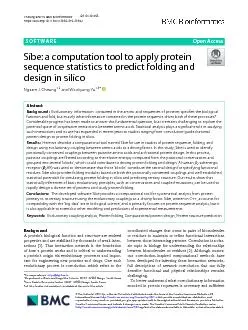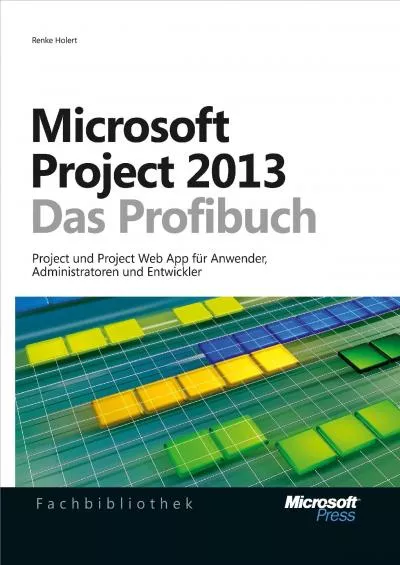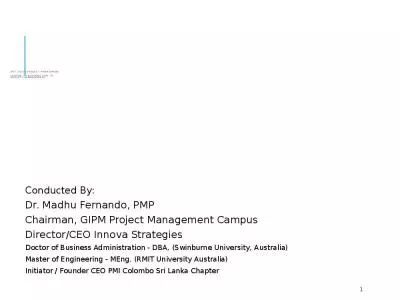PPT-IS 455 Project Management
Author : test | Published Date : 2019-12-06
IS 455 Project Management How to Launch a TPM Project Introduction Agenda CalendarCanvas Tuesday Guest Speakers David Staloch and Tami Carlson US Bank Thursday
Presentation Embed Code
Download Presentation
Download Presentation The PPT/PDF document "IS 455 Project Management" is the property of its rightful owner. Permission is granted to download and print the materials on this website for personal, non-commercial use only, and to display it on your personal computer provided you do not modify the materials and that you retain all copyright notices contained in the materials. By downloading content from our website, you accept the terms of this agreement.
IS 455 Project Management: Transcript
Download Rules Of Document
"IS 455 Project Management"The content belongs to its owner. You may download and print it for personal use, without modification, and keep all copyright notices. By downloading, you agree to these terms.
Related Documents

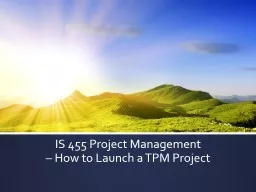
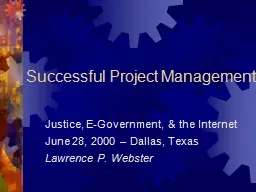
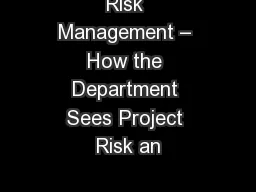
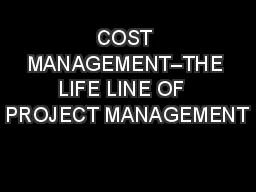
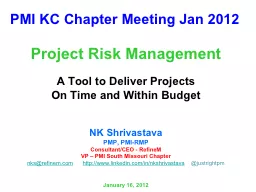
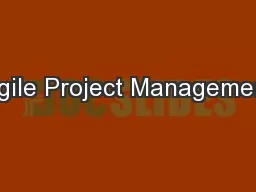
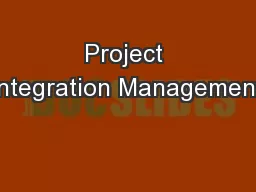
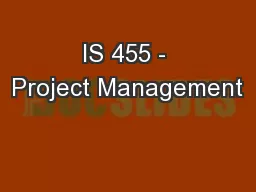
![[Insert Project Name] Project Baseline Review (PBR)](https://thumbs.docslides.com/683202/insert-project-name-project-baseline-review-pbr.jpg)
